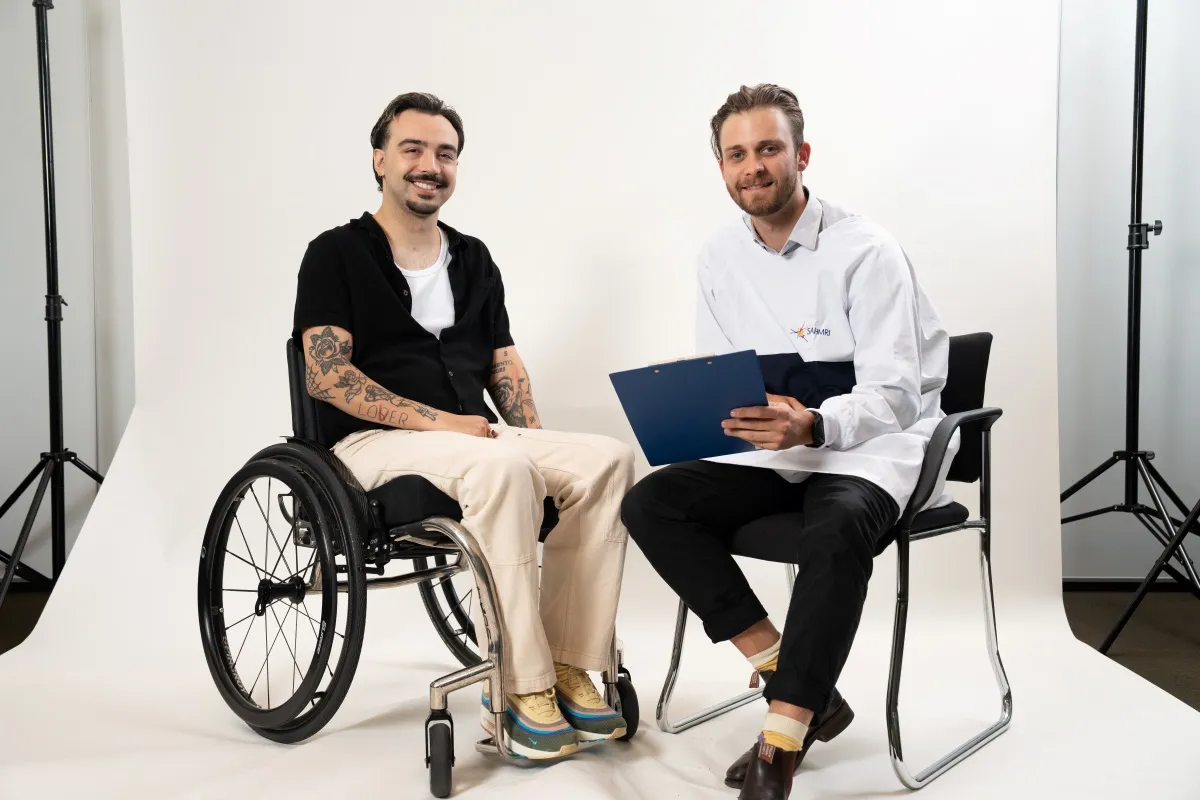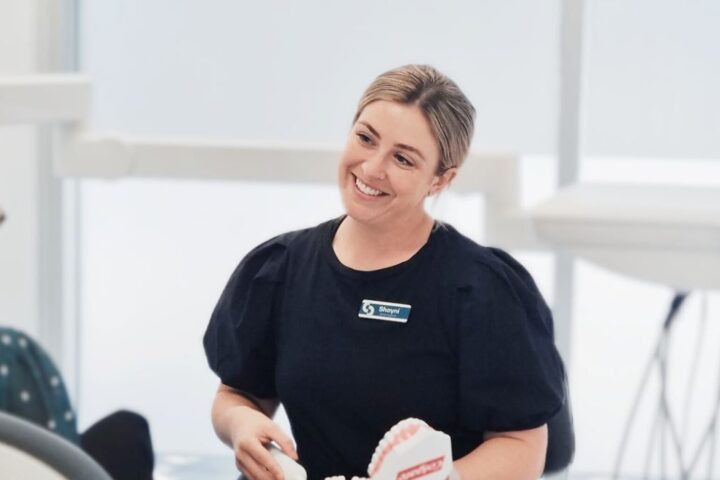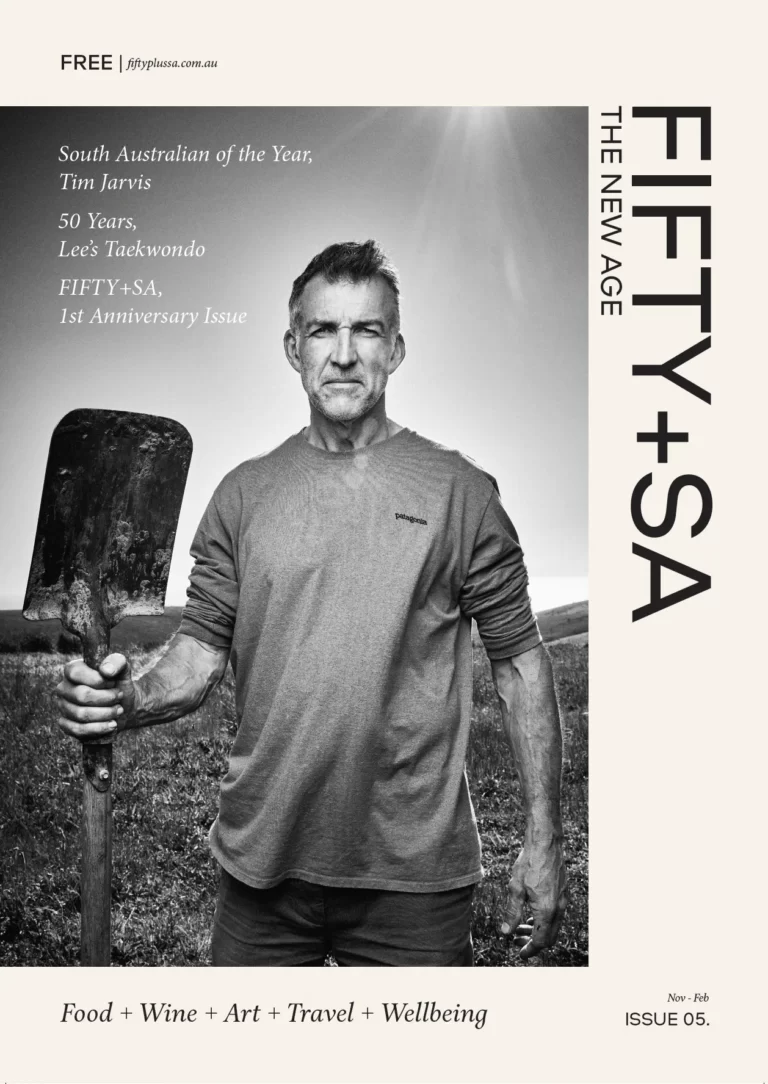Then one night you go to bed, just like any other night and with no warning, you wake up completely paralysed.
“One morning I woke up and went to use the bathroom, and quickly realised I couldn’t get up. I couldn’t move my legs. I was in pain and didn’t know what was happening,” Carlo said.
After an early morning dash to the emergency room, Carlo underwent a 15 minute MRI that showed his spinal cord was severely swollen and compressed against his neck and that his lungs were no longer functioning. While Carlo doesn’t remember much from this first month in hospital, due to being in shock, his mother and two brothers certainly do. They watched on helplessly and were told to say ‘goodbye’, as Carlo was put in an induced coma.
Thankfully, after a twelve month stay at the Royal Adelaide Hospital and Hampstead Rehabilitation Centre, that included multiple risky surgeries and intense rehabilitation, Carlo survived. However, he would come home wheelchair bound and paralysed from the shoulders down, facing the reality that he may never walk again.
Tests later revealed Carlo suffered from an extremely rare case of nontraumatic spinal cord injury called transverse myelitis, a spontaneous inflammation of the spinal cord with no known cause, that often results in permanent paralysis.
Transverse myelitis is not well understood and that’s why a research team led by Dr Ryan O’Hare Doig, Head of Spinal Cord Injury Research at SAHMRI’s Neil Sachse Centre for Spinal Cord Injury and Research (NSC), is currently investigating the disease in a quest for answers.
Currently more than 20,000 Australians are living with a spinal cord injury. No matter the cause, many experience paralysis and are likely to suffer from additional health problems. Of these complications, bowel dysfuntion, sexual dysfunction and chronic neuropathic pain are the most prevalent and severe.
This affects relationships, ability to work and overall quality of life. It’s not yet understood why some people develop pain following spinal cord injury and others don’t. Clinical trials form a critical part of building our understanding, allowing researchers to put the pieces of the puzzle together through trial and error.
To help Carlo and others like him, Dr O’Hare Doig is running multiple clinical trials using SAHMRI’s cutting-edge medical platforms. Through conducting these investigations, the NSC team has discovered a population of white blood cells that may contribute to the development of neuro-inflammation and neuropathic pain by interacting with gut microbiome.
In combination with these ongoing clinical research studies, researchers are also tracking patients for a full year, collecting samples over time to identify the causes of paralysis, sexual dysfunction and neuropathic pain, measure the effects of treatments and accurately predict outcomes.
In Australia, spinal cord injury research has less than a one percent success rate in national funding. Despite these odds, the NSC has expanded to a team of eight talented PhD and undergraduate students.
“Trials are expensive. To get the best results, we need to study a lot of people. The more participants we recruit, the more data we can collect and the more powerful our analysis will be,” Dr O’Hare Doig said.
“With the public’s support, we can continue to grow our impact.”
Carlo’s dream is to walk again; to play with his niece and nephew in the backyard, to make a contribution and positively impact the lives of those around him.
“I just want to get on with my life and do what I can to help other people, instead of feeling like a burden.” Carlo said. Dr O’Hare Doig shares the same dream for Carlo and everyone with a spinal cord injury. It’s not just about finding a cure, there are many other important improvements to be made along the way to help make life with SCI more liveable.
“When you know there’s research going on, it gives you hope. You want to fight, you don’t want to give up. It’s so important to have that hope, I’ve seen what happens to people when they lose it,” Carlo said.
If you’re interested to find out more about how to give those living with SCI the best chance of recovery and help them live brighter, healthier lives, go to sahmri.au/NSCDonate









